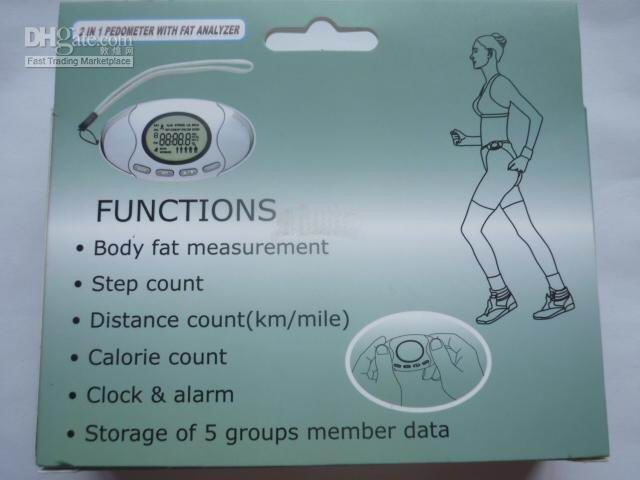

- STEP COUNTER 1 STRIDE 2 STEPS HOW TO
- STEP COUNTER 1 STRIDE 2 STEPS FULL
- STEP COUNTER 1 STRIDE 2 STEPS PLUS
STEP COUNTER 1 STRIDE 2 STEPS HOW TO
If you’re wondering how to track steps with your iPhone (and where to see this data,) this guide is for you.
STEP COUNTER 1 STRIDE 2 STEPS PLUS
Step count, staircases climbed, and walking plus running distance are shown in the built-in Health app. The results are generally accurate since we almost always have our phones with us everywhere we go. However, considering a walk of that distance likely isn’t feasible for most people, this comparison indicates that you would need to incorporate one or two longer walks into your daily routine to reach your goal.IPhone generations 5 and above automatically track your steps via the built-in accelerometer. See more about a 20K steps a day goal and how far it is in how many miles is 20,000 steps a day ? 30,000 Steps a DayĪ 30,000 step day is approximately thirteen miles, which you could achieve if you walked the entire length of Manhattan.

However, if you don’t hold a job that facilitates a lot of walking, you could incorporate a treadmill into your routine to get more steps in at the end of the day. As indicated above, if you work as a server in a busy restaurant, 20,000 steps could be achieved quite easily. See more about a 10K steps a day goal and how far it is in how many miles is 10,000 steps a day ? 20,000 Steps a DayĪ 20,000 step day averages out to roughly nine miles. You can reach this goal by walking around the block a few times before going into the office or your home, using the stairs as often as possible, and taking evening walks after dinner to wind down. This is, of course, dependent on stride length and endurance.Ī 10,000 step day is the same as walking approximately five miles per day. If you would like to reach your goal in one shot, it would take you approximately one hour and forty minutes of non-stop walking in order to walk 10,000 steps.
STEP COUNTER 1 STRIDE 2 STEPS FULL
Nurses come in at just under one mile per hour with approximately 2,048 steps.Īlthough these workers are able to get their steps in each day without much-added effort, it still takes the full length of their shifts to do so.

If you assume these steps are mostly taken during an 8-hour shift, wait staff walk approximately 2,847 steps per hour, which is just over the one-mile mark for the average man or woman. For example, if you work in a fast-paced restaurant or busy hospital, you might power-walk throughout most of your shift.Īccording to a study done by the Baker Heart & Diabetes Institute, waiters walk an average of 22,778 steps per day, and nurses walk an average of 16,390. Certain industries, such as hospitality or healthcare, are often dependent on a considerable amount of walking. The industry in which you work can have a significant effect on your step count, too. This means you can get your steps in easily just by going about your daily routine, such as taking the dog for a walk or walking through the grocery store. On the other hand, walking can also be a passive exercise. For example, if you take an evening walk to reach your goal, you can easily control your speed, getting your steps in as quickly or slowly as you’d like. The length of time it takes to walk 10,000 steps per day is dependent on a number of factors. Setting your pedometer is easy to do and will allow your device to give you accurate information. If you’d like your device to give you an accurate estimation of how many steps you’ll need to take each day to reach your goal, you should set the pedometer in your device to reflect your specific stride length. Fortunately, that preset is easy enough to change. Unfortunately, they use a preset stride length to do so, which doesn’t always match what the wearer’s stride length actually is. These devices calculate the distance you’ve walked based on the number of steps you take per day. These bands are great tools for keeping track of your daily step count, which makes it worth it to invest in one. The only downside to this method is that it can be easy to lose count.įitness bands, which are worn around your wrist or ankle and monitor things such as heart rate and physical activity, have a built-in pedometer to calculate your daily steps. This method works for short and long distances, although walking a longer distance will give you a more accurate measurement. Then, you can divide the number of feet walked by the number of steps you took. You can also determine your stride length by walking a set distance and counting as you go.


 0 kommentar(er)
0 kommentar(er)
